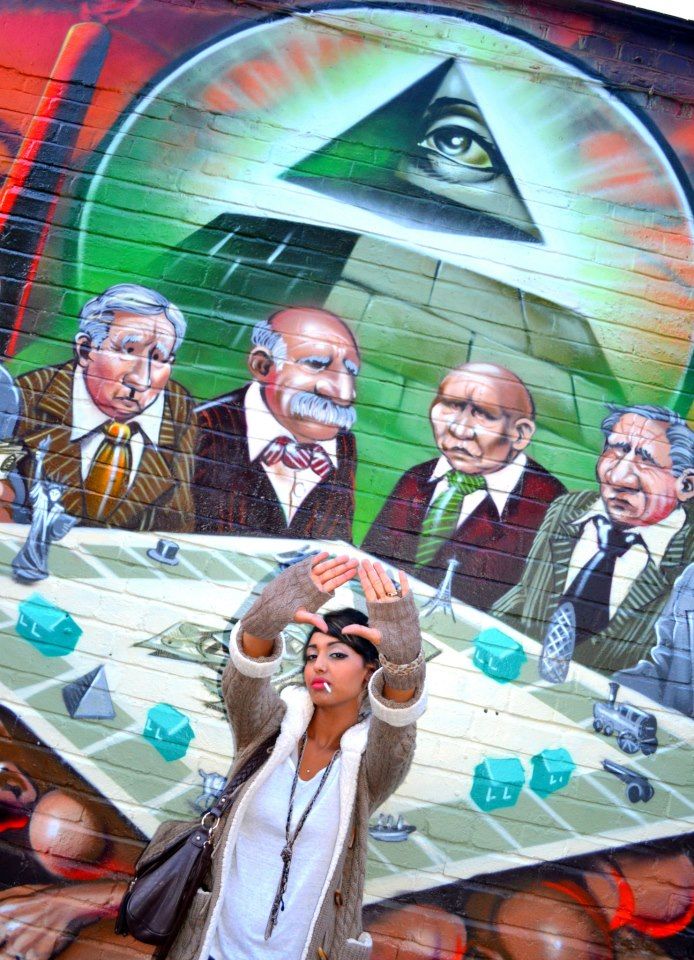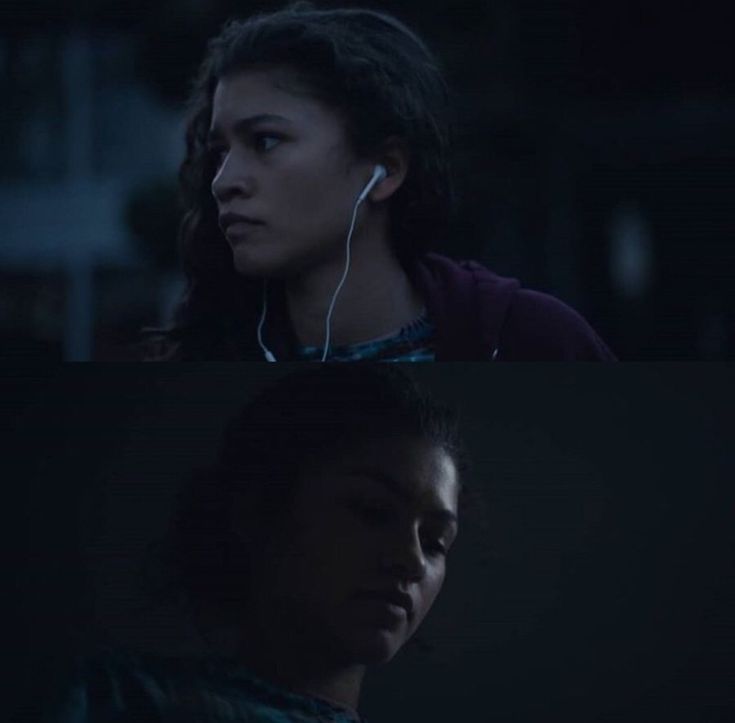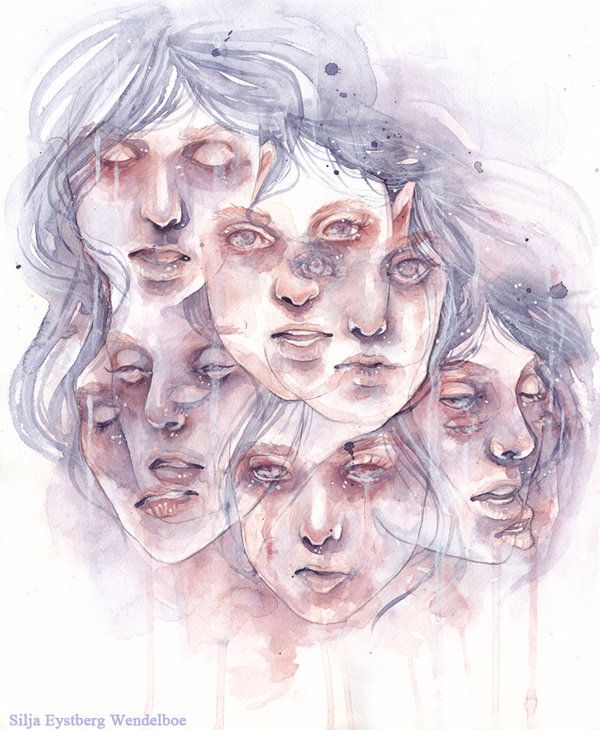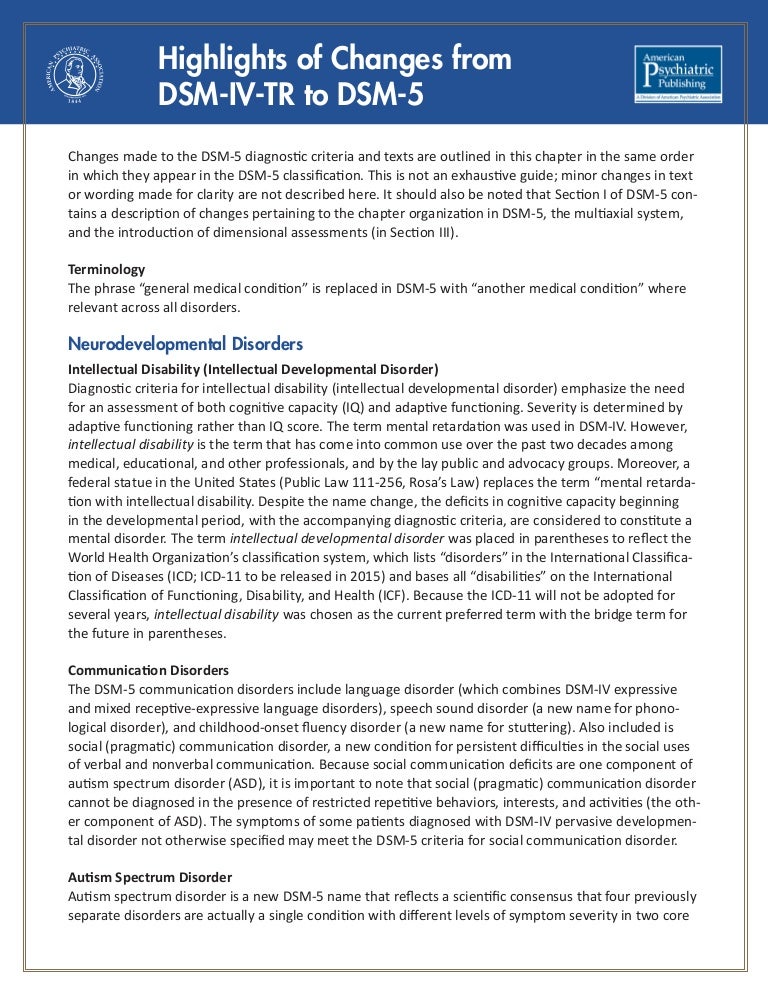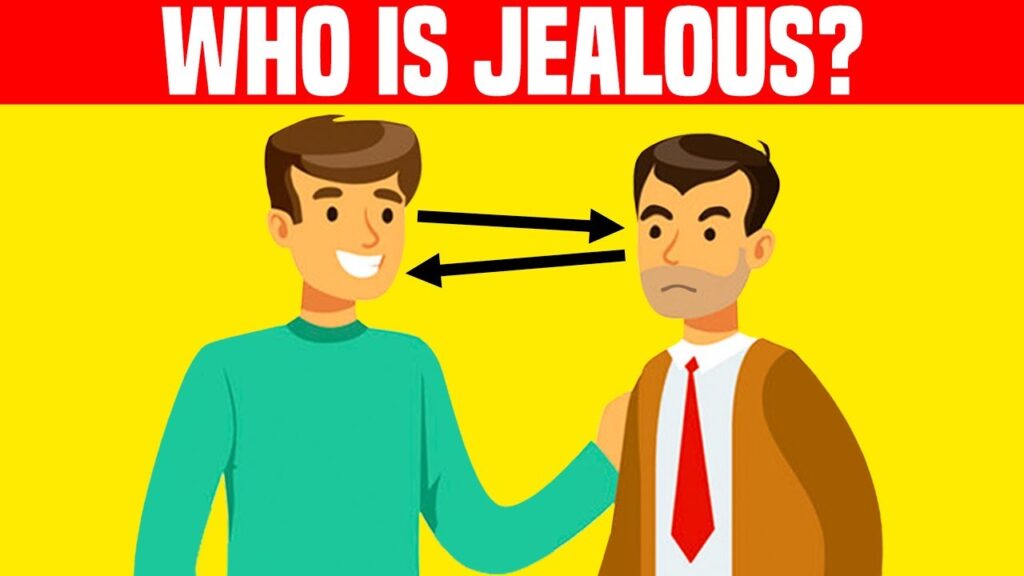Bipolar compulsive shopping
Study finds link between Bipolar Disorder and compulsive spending
A new study led by the Academy of Research & Improvement at Solent NHS Trust has shown a link between people with Bipolar Disorder and compulsive spending.
The study highlighted that compulsive spending may be increased by psychological factors such as low self-esteem and the need to achieve, which are common traits for people with bipolar disorder. It built upon two previous studies on the same topic.
Compulsive spending is defined as a need or obsession with shopping and spending money, resulting in the constant need to shop and often results in the purchase of unnecessary or even unwanted items.
The research was led by Clinical Psychologist Dr Thomas Richardson and co-authored by Chris Fitch from the Personal Finance Research Centre at the University of Bristol. It found that compulsive spending increased over time more for those with lower self-esteem or less mindful about their spending – with some participants reporting their spending running ‘on automatic’.
Compulsive spending also increased for those with stronger thoughts about achievement, which are often higher in people with bipolar disorder.
Forty participants were given two sets of questionnaires across a four-month period and were asked questions around their spending behaviours and current financial situation. They were also asked about their mental health and psychological factors such as how mindful they were.
In the first paper the researchers analysed questionnaire responses and interviews about how those with bipolar disorder felt their finances and mental health were related. Participants often reported impulsive shopping when hypomanic. The responses also identified a number of themes such as being excessively generous to others, finding it hard to keep steady employment and ‘comfort spending’ to make themselves feel better.
In a second study the researchers found that symptoms of anxiety, stress and depression increased compulsive buying over a four-month period.
There was also a vicious cycle whereby compulsive spending also increased later anxiety. Those who believed their financial situation was worse also had a greater increase in anxiety and stress over time.
The authors combined the results of all three studies into one model to try and explain the relationship. Further research will be done to confirm the findings by repeating the research with a larger sample over a longer period of time.
Dr Thomas Richardson, Clinical Psychologist at Solent NHS Trust, said: “It is often assumed that people with bipolar disorder over-spend randomly, however these results suggest that it might sometimes be serving a purpose. We found that financial problems led to thoughts about a need to achieve, so it might be that some people cope with their money worries by developing a plan to try to make money such as a risky business venture. Essentially they may try to spend money to make money, which could backfire and make their financial situation worse.
“For example, I myself have bipolar disorder, and when I was manic aged 18 I went into a shop and bought five African Djembe drums at once. To my friends and family this seemed like a random purchase, like I had just seen them and liked the look of them, but actually in my mind it linked to a very unrealistic and impulsive business plan I had to set up a recording studio. I was trying to make myself some money for starting university but I ended up getting into debt.
“There was also a finding of comfort spending to try and cope with the depression or stress, which might come from low confidence about their financial problems. Some people may also be overly generous to those they care about as they worry about their relationships, but sadly this might end up making them regret their over-spending.
“These results suggest that psychological therapies such as mindfulness and Cognitive Behaviour Therapy may help to break the link between money and mental health in Bipolar Disorder. ”
”
Leah Milner, a freelance money and mental health journalist who has Bipolar Disorder, said that during her ‘high’ phase, she was full of ideas for new projects - both journalism-related and artistic, but this led to compulsive spending.
"Many of my purchases seemed random to me when I looked back, but when I reflect they were all loosely linked to creative plans I had in mind,” she said.
"I wanted to write an article about how you could buy a whole new work wardrobe from charity shops, so this helped me justify spending a lot of money on second hand clothes. But my thinking was disordered as so many of the shoes I bought were not even the right size for me.
"I love painting and I think some of my other random purchases, such as a top hat or crockery, were meant to be props that I could use for still life scenes. In that context the purchases do not seem so strange, but it was the compulsion to buy so many things with only the slightest hint of an idea and the scale of the spending that was problematic. "
"
Compulsive buying in bipolar disorder: is it a comorbidity or a complication?
Save citation to file
Format: Summary (text)PubMedPMIDAbstract (text)CSV
Add to Collections
- Create a new collection
- Add to an existing collection
Name your collection:
Name must be less than 100 characters
Choose a collection:
Unable to load your collection due to an error
Please try again
Add to My Bibliography
- My Bibliography
Unable to load your delegates due to an error
Please try again
Your saved search
Name of saved search:
Search terms:
Test search terms
Email: (change)
Which day? The first SundayThe first MondayThe first TuesdayThe first WednesdayThe first ThursdayThe first FridayThe first SaturdayThe first dayThe first weekday
Which day? SundayMondayTuesdayWednesdayThursdayFridaySaturday
Report format: SummarySummary (text)AbstractAbstract (text)PubMed
Send at most: 1 item5 items10 items20 items50 items100 items200 items
Send even when there aren't any new results
Optional text in email:
Create a file for external citation management software
Full text links
Elsevier Science
Full text links
.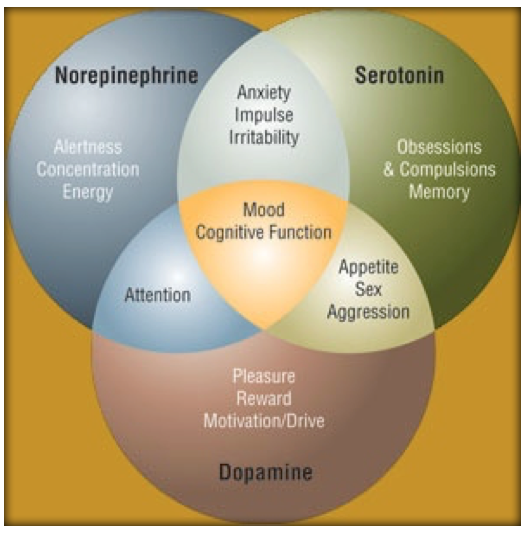 2012 Feb;136(3):797-802.
2012 Feb;136(3):797-802.
doi: 10.1016/j.jad.2011.09.037. Epub 2011 Nov 3.
Sermin Kesebir 1 , Sema Işitmez, Duru Gündoğar
Affiliations
Affiliation
- 1 Erenköy Psychiatry Education and Research Hospital, Turkey.
- PMID: 22051076
- DOI: 10.1016/j.jad.2011.09.037
Sermin Kesebir et al. J Affect Disord. 2012 Feb.
. 2012 Feb;136(3):797-802.
doi: 10. 1016/j.jad.2011.09.037. Epub 2011 Nov 3.
1016/j.jad.2011.09.037. Epub 2011 Nov 3.
Authors
Sermin Kesebir 1 , Sema Işitmez, Duru Gündoğar
Affiliation
- 1 Erenköy Psychiatry Education and Research Hospital, Turkey.
- PMID: 22051076
- DOI: 10.1016/j.jad.2011.09.037
Abstract
Background: The objective of this study was to investigate the frequency of compulsive buying in bipolar disorder (BD), to compare it with healthy controls, and to search if there is a difference between bipolar cases with and without compulsive buying in terms of sociodemographic qualities, temperament, clinical characteristics and comorbid diagnoses.
Methods: One-hundred outpatient cases diagnosed as BD according to DSM-IV were evaluated consecutively. Following the diagnosis interview (SCID-I and II) the subjects completed the mood disorders registry form, Compulsive Buying Scale and TEMPS-A.
Results: Compulsive buying scores were higher in bipolar patients than healthy controls (p<0.001). Cases with compulsive buying revealed higher cyclothymic and irritable temperament scores than other bipolar patients (p=0.029 vs 0.045). Premenstrual syndrome and postpartum onset were more frequent, while psychotic symptoms were less in compulsive buyer bipolar patients (p=0.002, 0.009 vs 0.034). Severity of episode was lower (p=0.01), number of episodes was higher (p=0.009). Acute onset and remission before and after maintenance treatment were more frequent in patients with compulsive buying (p=0. 011 and p=0.011). Full remission between episodes was 100%. Cases with axis-1 and axis-2 comorbidities demonstrated higher compulsive buying scores (p=0.025 and 0.005).
011 and p=0.011). Full remission between episodes was 100%. Cases with axis-1 and axis-2 comorbidities demonstrated higher compulsive buying scores (p=0.025 and 0.005).
Limitations: Treatment regimen differences between patients are a limitation of the study.
Conclusions: This is the first study to relate compulsive buying with the clinical characteristics of BD. Our results reveal that compulsive buying in BD occurs together with mood episodes which are not very severe, but frequent and with abrupt onset.
Copyright © 2011 Elsevier B.V. All rights reserved.
Similar articles
-
The influence of affective temperaments and psychopathological traits on the definition of bipolar disorder subtypes: a study on bipolar I Italian national sample.

Perugi G, Toni C, Maremmani I, Tusini G, Ramacciotti S, Madia A, Fornaro M, Akiskal HS. Perugi G, et al. J Affect Disord. 2012 Jan;136(1-2):e41-e49. doi: 10.1016/j.jad.2009.12.027. Epub 2010 Feb 2. J Affect Disord. 2012. PMID: 20129674
-
Impulse control disorder comorbidity among patients with bipolar I disorder.
Karakus G, Tamam L. Karakus G, et al. Compr Psychiatry. 2011 Jul-Aug;52(4):378-85. doi: 10.1016/j.comppsych.2010.08.004. Epub 2010 Oct 30. Compr Psychiatry. 2011. PMID: 21683175
-
Bipolar obsessive-compulsive disorder and personality disorders.
Maina G, Albert U, Pessina E, Bogetto F. Maina G, et al. Bipolar Disord. 2007 Nov;9(7):722-9. doi: 10.1111/j.1399-5618.2007.00508.
 x. Bipolar Disord. 2007. PMID: 17988362
x. Bipolar Disord. 2007. PMID: 17988362 -
Compulsive buying.
Lejoyeux M, Weinstein A. Lejoyeux M, et al. Am J Drug Alcohol Abuse. 2010 Sep;36(5):248-53. doi: 10.3109/00952990.2010.493590. Am J Drug Alcohol Abuse. 2010. PMID: 20560822 Review.
-
[Compulsive buying: psychological and biological treatment].
Lejoyeux M. Lejoyeux M. Encephale. 2007 Nov;33(Pt 3):873-5. doi: 10.1016/s0013-7006(07)92913-9. Encephale. 2007. PMID: 18402361 Review. French. No abstract available.
See all similar articles
Cited by
-
Underlying Mechanism of the Comorbid Presence of Buying Disorder with Gambling Disorder: A Pathways Analysis.
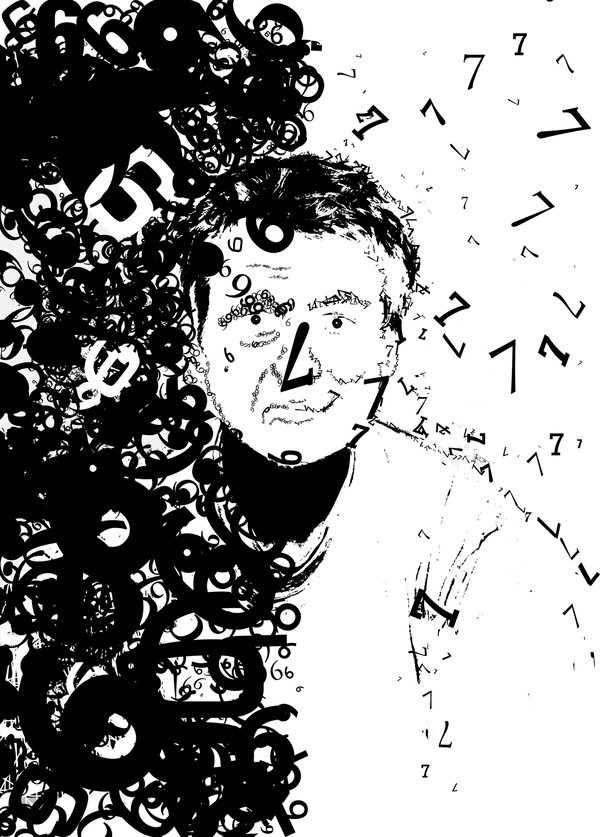
Guerrero-Vaca D, Granero R, Fernández-Aranda F, González-Doña J, Müller A, Brand M, Steward T, Mestre-Bach G, Mallorquí-Bagué N, Aymamí N, Gómez-Peña M, Del Pino-Gutiérrez A, Baño M, Moragas L, Martín-Romera V, Menchón JM, Jiménez-Murcia S. Guerrero-Vaca D, et al. J Gambl Stud. 2019 Mar;35(1):261-273. doi: 10.1007/s10899-018-9786-7. J Gambl Stud. 2019. PMID: 29959692
MeSH terms
Full text links
Elsevier Science
Cite
Format: AMA APA MLA NLM
Send To
Neurotic disorder (neurosis) - types, causes, treatment
Neurotic disorder is considered the most common among all mental illnesses. According to statistics from the World Health Organization, at least 10% of the population of every developed country is prone to neurosis. Unfortunately, from year to year these figures only increase due to the growing dynamics of our lives.
According to statistics from the World Health Organization, at least 10% of the population of every developed country is prone to neurosis. Unfortunately, from year to year these figures only increase due to the growing dynamics of our lives.
What is a neurotic disorder?
Neurosis (or mental neurosis) is a generalized name for a group of neuropsychiatric disorders, psychogenic in nature, resulting from prolonged or excessive intense emotional stress.
This violation is always acquired, and acts both as a consequence and as a cause of failures, interpersonal clashes and frustrations.
During a neurosis, efficiency and a sense of joy in life decrease. A person becomes anxious, aggressive, his ability to communicate is disturbed.
For neurotic mental disorders, excitation, tearfulness, and generally an inadequate response to stimuli are characteristic. Many psychotherapists agree that the violation occurs due to mental trauma.
Speaking about the syndrome of a neurotic disorder, two points must be emphasized:
- Neurosis is always the result of some negatively colored situation.
 He is the catalyst to trigger the disorder. In other words, only a person who has not been exposed to a stressful situation does not have a neurotic disorder.
He is the catalyst to trigger the disorder. In other words, only a person who has not been exposed to a stressful situation does not have a neurotic disorder. - This violation is reversible. Unlike psychopathic disorders, in which there is a complete destabilization of the nervous system and social ineptness, neurosis does not instill in its owner a criticism of self-perception. At the same time, the neurotic state can continue for quite a long time - in some cases for several years.
In other words, neurotic personality disorder is a condition that is caused by stress and causes exhaustion of the nervous system. It can often be a combination of fatigue and irritability. It is accompanied by vegetative disorders - palpitations, excessive sweating.
This deviation has long been recognized by the world community of psychiatrists and is included in the ICD-10 in the section "neurotic, stress-related and somatoform disorders." All disorders related to neurosis are encrypted F40 - F48.
Symptoms of neurosis
Neurotic disorder can be found in any person. Its features are also extensive and difficult to classify. However, one must always remember that the disease was preceded by some significant stress. In general, the symptoms of mental neurosis are as follows:
- decreased concentration, memory impairment, confusion of thinking;
- disorders of the gastrointestinal tract - abdominal cramps, loss of appetite;
- the skin begins to itch, redness may appear;
- sexual disorders;
- restless sleep or insomnia. For some, drowsiness may persist throughout the day;
- frequent urge to go to the toilet;
- pain in the muscles, headaches;
- violation of blood pressure, anxiety of the heart rhythm;
- a person may not have enough air during an attack.
The symptoms of neurosis in women are no different from those in men, although the disorder is much more common among the former.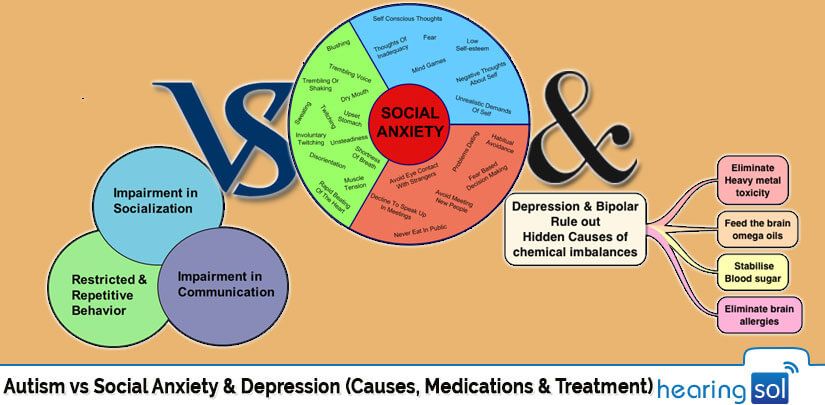 The difficulty lies in the fact that these signs can accompany any other disease. The picture is further aggravated by the fact that neurotics often feel pain in various organs, and often an increase in temperature. The malaise is attributed to a cold or vegetovascular dystonia due to high blood pressure and pain in the heart. Children's neurosis is accompanied by enuresis, the appearance of a nervous tic is possible. Also, as in adults, there is a sleep disturbance, accompanied by nightmares.
The difficulty lies in the fact that these signs can accompany any other disease. The picture is further aggravated by the fact that neurotics often feel pain in various organs, and often an increase in temperature. The malaise is attributed to a cold or vegetovascular dystonia due to high blood pressure and pain in the heart. Children's neurosis is accompanied by enuresis, the appearance of a nervous tic is possible. Also, as in adults, there is a sleep disturbance, accompanied by nightmares.
Neurotic disorders appear in people with a weak nervous system, but this is not a mandatory rule, since stress can provoke a violation in any person.
The disorder can affect not only an adult, it is often diagnosed in a child. The clinical picture in this case in children is different:
- symptoms are incomplete;
- in a child, to a lesser extent than in an adult, the experiences that traumatize the psyche and the neurotic symptoms themselves are processed;
- in childhood neurosis, there is a significant severity of somatic and motor disorders.

Why neurosis appears
At the moment, it is believed that the violation occurs due to a complex of reasons: social, psychological and biological. Each of them almost equally can provoke this condition. Although some experts are still inclined to believe that neurosis is inherited, this opinion is not grounded.
Among the main causes of neurosis are:
- weak nervous system;
- prolonged mental fatigue;
- tension in relationships with loved ones;
- overwork as a result of overwork;
- exposure to strong external stimuli.
In general, all factors, as already mentioned, can be divided into three groups:
- Social: causes that are generated by social interaction.
 This includes education, career, relationships with parents, friends and peers.
This includes education, career, relationships with parents, friends and peers. - Biological: factors arising from physiological attitudes. Neurosis can be triggered by pregnancy. There is a relationship with gender and age, physique.
- Psychological: the occurrence of neurotic disorders is associated with experienced traumatic situations, a state on the verge of life and death, childhood psychotrauma.
Pathogenesis of neuroses
Neurosis is the effect of various stressful situations on the mental balance of a person. These situations include quarrels, conflicts, misunderstanding and enmity between people.
As soon as the brain receives a signal of stress, it turns on its protective functions and tries to protect the body as a whole from damage. To do this, he rebuilds the activity of the higher nervous system (HNA). Thus, all attention is concentrated on rebuffing the conflict situation or trying to ignore it.
The pathogenesis of neurosis is built entirely on GNI, since it affects all our organs. And these organs can react in completely different ways. Therefore, the manifestation of a neurotic disorder in different people may differ - someone is more irritated, while someone, on the contrary, shows an inhibited reaction.
And these organs can react in completely different ways. Therefore, the manifestation of a neurotic disorder in different people may differ - someone is more irritated, while someone, on the contrary, shows an inhibited reaction.
Disease stages
Each person who has symptoms of the disorder can go through three stages, each of which will aggravate the previous condition.
Stages of neurosis:
- Neurasthenia. It manifests itself as requirements for oneself - a person sets himself an insurmountable bar, he strives for success, to achieve which he spares no effort. It does not take into account the real state of affairs. Often the reason for this may be the upbringing of parents, their translation of the expectations placed on the child. At this stage, excitability, sleep disturbance, problems in personal and sexual life appear.
- hysterical neurosis. The neurasthenic is torn by feelings of contradiction - between the need to do something and the impossibility of doing it, and any unfinished business causes panic.
 At this stage, the value system of life collapses. Material values are erected on a pedestal - a person seeks to earn more money or, conversely, hit spirituality and blindly follow spiritual benefits. Forgetfulness, strong feelings are manifested vegetatively, a person imagines himself to be the center of the universe.
At this stage, the value system of life collapses. Material values are erected on a pedestal - a person seeks to earn more money or, conversely, hit spirituality and blindly follow spiritual benefits. Forgetfulness, strong feelings are manifested vegetatively, a person imagines himself to be the center of the universe. - Obsessional neurosis. This stage of development of neurosis is marked by fear, a manic desire to become better, to achieve more. It manifests itself in those people who were brought up in an atmosphere of strict guardianship, as a result of which a feeling of inferiority was formed in him. Fear turns into a phobia, appears in an obsessive form.
Each of these stages involves a different approach to treatment.
Classification of neuroses
In psychiatry, it is customary to divide the disorder into several syndromes, each of which has certain signs:
- obsessional syndrome. Associated with the manifestation of an obsessive state.
 A person with this type is like a possessed who follows some thought or idea that has matured in his head. Examples of such a violation: obsession with numbers and the desire to count everything, unconscious or deliberate repetition of the same actions. A person suffers from incompleteness of actions, his preoccupation with this takes on a manic character.
A person with this type is like a possessed who follows some thought or idea that has matured in his head. Examples of such a violation: obsession with numbers and the desire to count everything, unconscious or deliberate repetition of the same actions. A person suffers from incompleteness of actions, his preoccupation with this takes on a manic character. - Hypochondria. An exaggeration of one's own morbid state, when the patient notes the slightest changes in health, and often thinks them up, tries to be fully examined, constantly goes to the doctors. This syndrome is one of the most obvious signs of a neurotic condition, which helps to diagnose neurosis.
- Asthenia. With this syndrome, a person feels depressed, he has no desire to do something, the state resembles apathy, and there is weakness in the body. Asthenic syndrome, in turn, is presented in three forms:
- neurotic is weakness, decreased concentration, restless sleep, dermatic reactions are possible - redness, itching;
- psychotic - weakness and depression, bordering on depression.
 All emotions acquire a negative color, any load has a bad effect on the physical condition. This depressive neurotic disorder is fraught with the fact that it can be difficult to get a person out of it;
All emotions acquire a negative color, any load has a bad effect on the physical condition. This depressive neurotic disorder is fraught with the fact that it can be difficult to get a person out of it; - organic. In this case, organs and systems are connected. Most often, the condition is accompanied by instability in the work of the cardiovascular system. This type of asthenia usually occurs with impaired brain function.
All forms of neurotic disorders must be recognized at the initial stages, otherwise there is a high probability of the appearance of hypochondria, when the whole existence of a person will revolve around his diseased state.
In order to prevent this from happening, it is necessary to contact a specialist in a timely manner. Otherwise, the treatment will be delayed and the involvement of specialists of various profiles will be required.
The disorder also differs in degrees of manifestation - some of them accompany mild manifestations of symptoms, while others are characterized by a pronounced severity:
- Obsessive neurosis (OHN) is also called obsessive-compulsive disorder. It is distinguished by the predominance of various obsessive phenomena in the clinical picture, for example, movements, actions, fears (phobias), fears, ideas of thoughts that arise relentlessly against the wishes of the patient, who, recognizing their unreasonable painful nature, unsuccessfully seeks to overcome them. NNS is psychogenic in nature, manifests itself as intolerance towards external stimuli. Obsessive neurosis in children manifests itself in the form of obsessive movements and phobias.
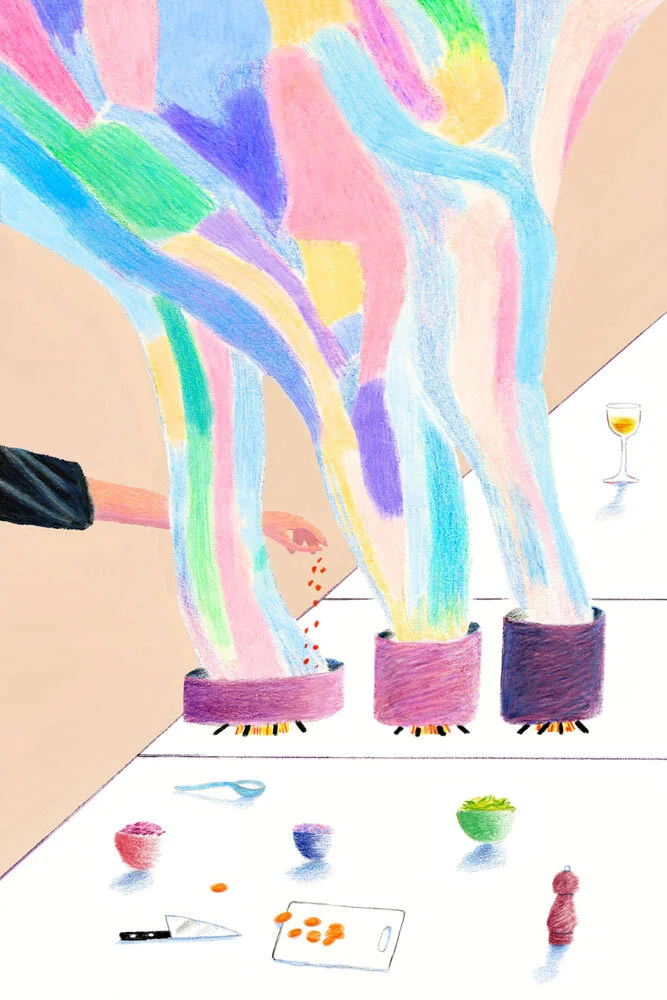 Depending on the predominance of one or the other, obsessive neurosis (compulsion of actions) and phobic (compulsion of fears) are conditionally distinguished. Often there are mixed forms, both in children and adults.
Depending on the predominance of one or the other, obsessive neurosis (compulsion of actions) and phobic (compulsion of fears) are conditionally distinguished. Often there are mixed forms, both in children and adults.
Examples of compulsive movements: snapping fingers, biting lips or nails, twitching the head or leg, smacking, twirling buttons, walking around the object only to the right or only to the left. - Another degree of manifestation is anxiety neurosis. It is associated with a feeling of fear, a person feels a sudden attack of anxiety, he can even anticipate it in some way. A fear is developed that this state will return again. Therefore, there is a feeling of avoidance of the phobia. For example, a person who is afraid of closed spaces stops riding in an elevator. With this manifestation of the disorder, a combination of various conditions is also possible - aggression and anxiety, fear and obsessions.
- When the impact of stress is too great, for example, a lot of responsibility immediately appears in different areas, or an unexpected traumatic event occurs, then an acute mental neurosis may develop.
.jpg) Its difference from other forms and states is that this one arises quite unpredictably, that is, it was not preceded by a mild neurotic stage. At the same time, the symptoms are exacerbated, the person is at the peak of emotional shock, his behavior can combine many manifestations - obsessions, depression, phobias, sleep disturbance. Often, only medicines can help to relieve this condition.
Its difference from other forms and states is that this one arises quite unpredictably, that is, it was not preceded by a mild neurotic stage. At the same time, the symptoms are exacerbated, the person is at the peak of emotional shock, his behavior can combine many manifestations - obsessions, depression, phobias, sleep disturbance. Often, only medicines can help to relieve this condition. - With vivid pathological sensations (“lump” in the throat, “needle in the heart” or “nail” in the head), we can talk about panic neurosis. These sensations are of a distinct objective nature. And they are combined with the hysteroform behavior of the patient - excessive dramatization, theatricality in gestures, excessive demonstrativeness. In this case, there is a simultaneous or sequential involvement of body systems - skin sensitivity, impaired coordination, heart failure.
Complications of neurosis
The disorder can affect not only the patient himself, but also people close to him. Communication with a neurotic is inconvenient.
Communication with a neurotic is inconvenient.
Complications of neurosis can be different:
- violation disorganizes human activity, can lead to various psycho-emotional disorders - depression, memory impairment, obsessive-compulsive disorder;
- negative impact on the physical condition - the heart and blood vessels suffer (hence heart attacks, angina pectoris, hypertension), gastrointestinal tract (ulcers, gastritis appear), immunity decreases;
- dizziness, fainting.
The consequences of neurosis can lead to severe health problems, so it is important to see a doctor and not try to get rid of this condition on your own.
When to see a doctor
Neurosis is in the field of research of psychotherapists. In advanced cases, other specialists may be involved in the treatment process - a neurologist, psychologist, therapist. When the first signs of neurosis appear, you should immediately make an appointment with a doctor. Only a specialist can correctly diagnose the disease and prescribe the necessary treatment.
Only a specialist can correctly diagnose the disease and prescribe the necessary treatment.
If a person has at least 3 of the symptoms described above, then you should take control of your condition. It is also important to listen to loved ones - alarming signals about changed behavior, problems in personal life can be the result of neurosis.
A patient with permanent neurosis must be observed by a doctor.
It is better to choose proven clinics and certified specialists for this, since a neurotic disorder can flow into an advanced stage and lead to other disorders.
Disease diagnosis
To make a diagnosis, the doctor conducts an interview. He asks questions, the answers to which can reveal a violation in the patient.
The following criteria for diagnosing neurotic disorders are generally accepted among psychotherapists:
- the presence in a person's life of a traumatic situation;
- the presence in the patient's behavior of obvious neurotic features - nail biting, itching, distracted attention, an obsessive state when it comes to some kind of achievement;
- identification of a characteristic type of neurotic conflict and determination of the stage of the disorder;
- identification of neurotic symptoms.

Diagnosis also includes examination of the patient and the study of anamnesis. One of the most popular methods for diagnosing neuroses is color diagnostics - patients are asked to choose from the spectrum the color that they like best at the moment. If a person chose gray, purple, brown or black, then this indicates that the patient is more likely to have a neurotic disorder.
With the help of tests for the psychological characteristics of the personality, the doctor can draw conclusions about the patient's condition, his susceptibility to neurosis. A behavior test is also often used.
It is better not to diagnose neurosis in women during critical days - they can cause anxiety and affect behavior. It is also believed that the disorder in women is more severe than in men due to the greater natural emotionality of the former. In addition, the weaker sex is subject to a hormonal surge. Emotional outbursts are affected by menopause, and pregnancy and childbirth radically change the habitual habit of life and cause increased levels of hormones.
In the case of neurosis in men, a difficult profession, life principles and worldview can provoke a disorder. It is worth considering that most men try to hide their emotions, so a visit to the doctor can be postponed until the last. It is also difficult to recognize the diagnosis itself in men because of this - they do not recognize the violation until the very end, they do not make contact with a professional.
+7 (495) 121-48-31
Treatment of neurotic disorder
First of all, it should begin with a visit to the doctor and the strict implementation of his recommendations.
In the treatment of neurosis, the doctor can choose one of two methods - pharmacotherapy or psychotherapy. As a rule, this is influenced by the stage of the disorder and its type.
A psychotherapist can be a supporter of any one way to get rid of a violation, or combine them in his practice. But drugs are usually prescribed if psychotherapy is ineffective.
At the heart of the psychotherapeutic method are methods of conveying to the patient the abnormality of his condition. The doctor teaches to track neurotic states and look for ways out of them. The definition of markers helps to correct situations that provoke stress. A person builds an attitude to stressful events based on adopted practices (for example, correct breathing, relaxing local massage).
Psychoanalysis, suggestive therapy (which is based on the technique of self-hypnosis) can be used as psychotherapy for neurotic disorders. Recently, neuro-linguistic programming, metaphorical maps, and body-oriented therapy have become popular. Many psychotherapists do not consider these methods, but nevertheless they show effectiveness in some cases.
When a doctor decides to prescribe medications, tranquilizers will be the main among them - they improve the quality of sleep, relieve neurotic manifestations, nullify irritability and reduce nervous excitability.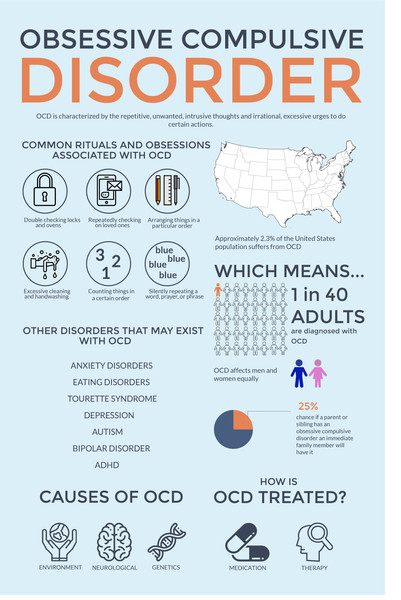
Also in the treatment of neurotic disorders, nootropic drugs, antidepressants, psychostimulants and antipsychotics are used. The choice again depends on the condition of the patient and the stage of the disease.
To strengthen the result, vitamins and tonics are often prescribed.
Prevention of neuroses
Neurosis is only gaining momentum every year - there are more and more people with neurotic disorders. This is primarily due to the dynamism of modern life, which forces people to be mobile and multitask.
As a prevention of neurosis, first of all, it is worth recommending control over the quality of sleep - it should be calm and sufficient. Boosting immunity - hardening, taking vitamins, proper diet, can also play a role in preventing the disorder. It is important to observe the alternation of work and rest.
Recommendations for children include the direct involvement of parents. The child does not need to break loose and put expectations on him. Despotic upbringing in the future can spoil the psyche of the child. Prevention of childhood neurosis is also based on the general hygiene of the spirit - proper sleep, balanced nutrition and spending time in the fresh air.
Despotic upbringing in the future can spoil the psyche of the child. Prevention of childhood neurosis is also based on the general hygiene of the spirit - proper sleep, balanced nutrition and spending time in the fresh air.
References:
- Karvasarsky B. D. Neurosis.
- Hodos H.-B.G. Nervous diseases
- Soldatkin V. A. Post-traumatic stress disorder
- Zeigarnik B.V. Pathopsychology. Fundamentals of Clinical Diagnosis and Practice
- Dadasheva K.N. 1 , Agafonov B.V. 2 , Dadasheva M.N. 1 , Podrezova L.A. GBUZ MOMONIKI them. M.F. Vladimirsky, Moscow - neurasthenic syndrome in general medical practice. Therapy options
overview-2.indd
%PDF-1.6 % 10 obj >/Metadata 5068 0 R/Pages 2 0 R/Type/Catalog/OutputIntents[>]>> endobj 5068 0 obj >stream uuid:607bc01e-3558-4a45-8b80-02dae7ef5232adobe:docid:indd:1b81093e-8d20-11e1-bf6e-e5177af7a6d7proof:pdf
 0072.00Inchesxmp.iid:A288DDB5308DE111B969882650390DF7xmp.did:A288DDB5308DE111B969882650390DF7
0072.00Inchesxmp.iid:A288DDB5308DE111B969882650390DF7xmp.did:A288DDB5308DE111B969882650390DF7 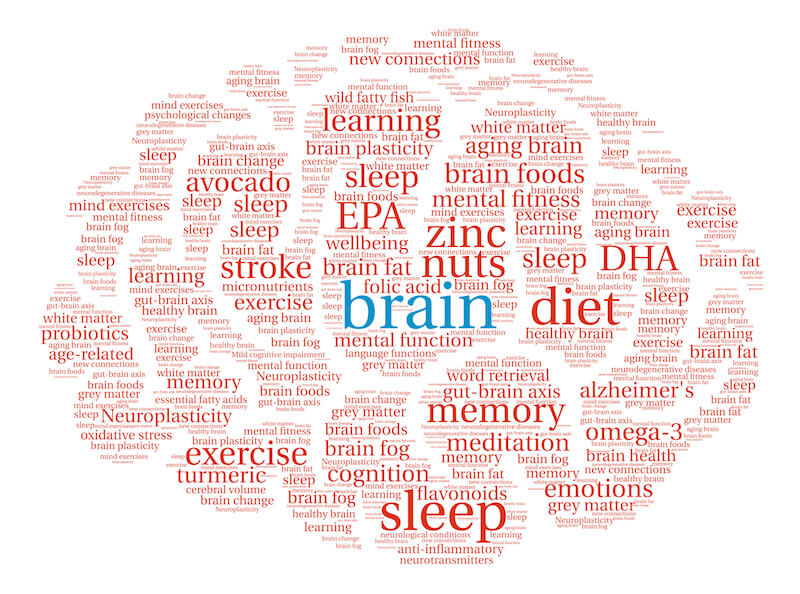 0072.00Inchesuuid:38748d16-9c06-418e-b887-d1419e5ecdeauuid:E7BEC1C10F91E111A809FA7DC52E05ED
0072.00Inchesuuid:38748d16-9c06-418e-b887-d1419e5ecdeauuid:E7BEC1C10F91E111A809FA7DC52E05ED  0072.00Inchesuuid:E7CF0E630C9CE111963D993E459B6ED2uuid:E6CF0E630C9CE111963D993E459B6ED2
0072.00Inchesuuid:E7CF0E630C9CE111963D993E459B6ED2uuid:E6CF0E630C9CE111963D993E459B6ED2  00300.00Inchesuuid:958FB578F0A3E111A7DCFA589B7FE446uuid:948FB578F0A3E111A7DCFA589B7FE446
00300.00Inchesuuid:958FB578F0A3E111A7DCFA589B7FE446uuid:948FB578F0A3E111A7DCFA589B7FE446 
